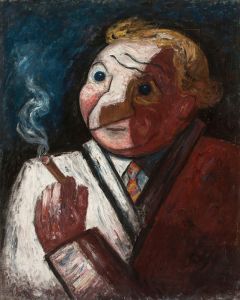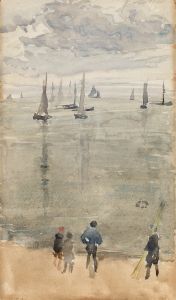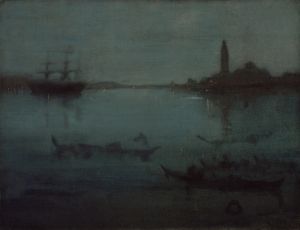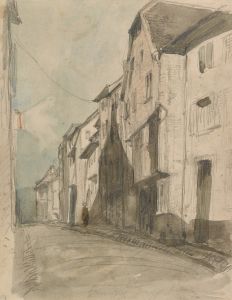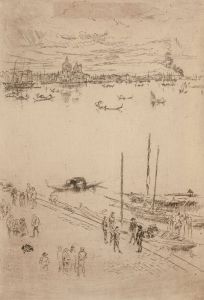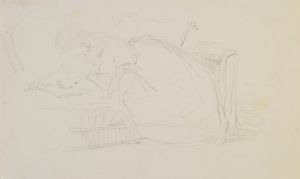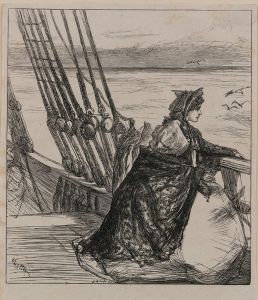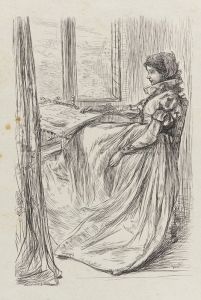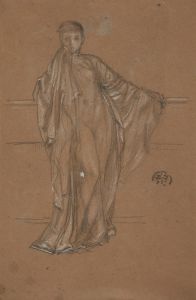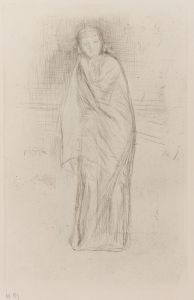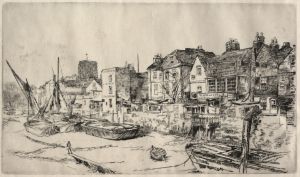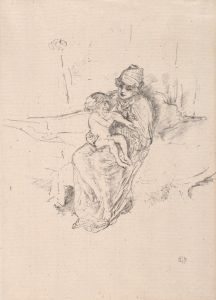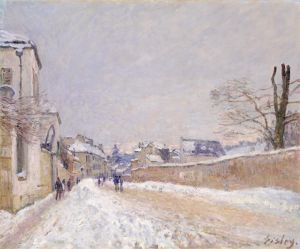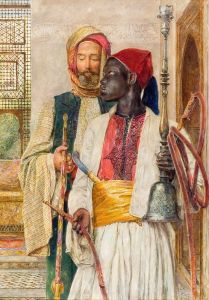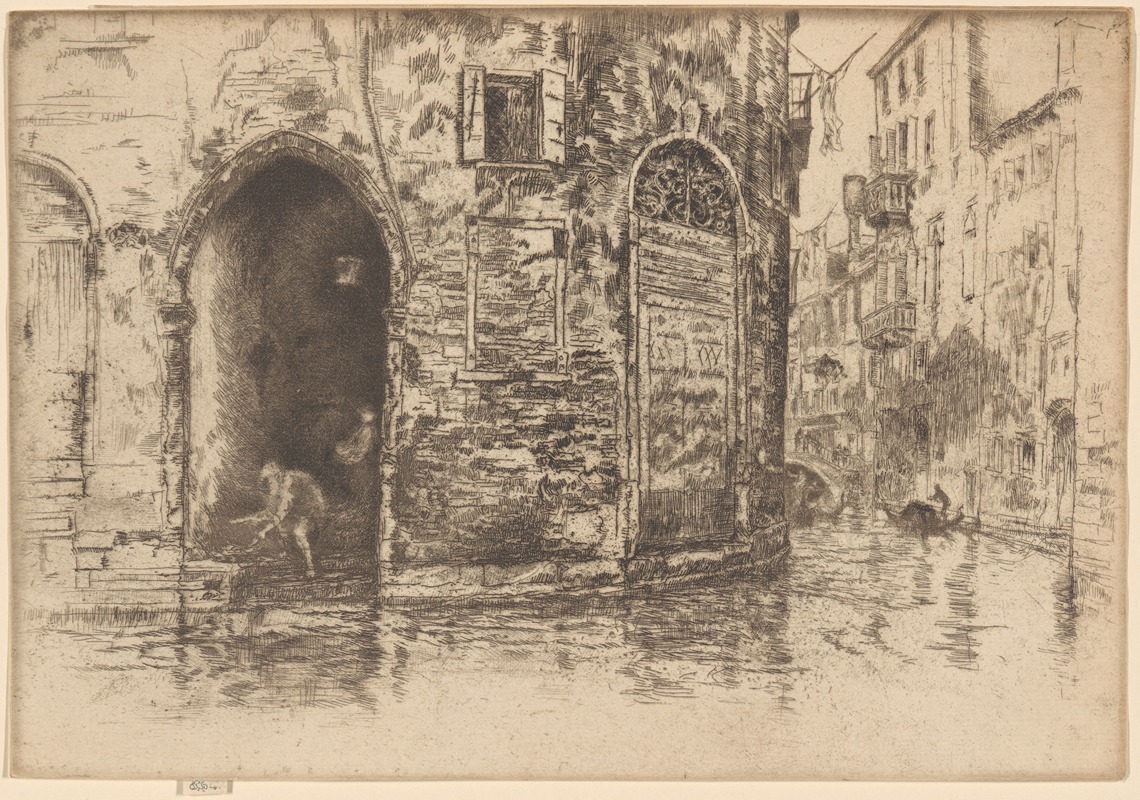
Two Doorways
A hand-painted replica of James Abbott McNeill Whistler’s masterpiece Two Doorways, meticulously crafted by professional artists to capture the true essence of the original. Each piece is created with museum-quality canvas and rare mineral pigments, carefully painted by experienced artists with delicate brushstrokes and rich, layered colors to perfectly recreate the texture of the original artwork. Unlike machine-printed reproductions, this hand-painted version brings the painting to life, infused with the artist’s emotions and skill in every stroke. Whether for personal collection or home decoration, it instantly elevates the artistic atmosphere of any space.
James Abbott McNeill Whistler was an American artist known for his significant contributions to the art world during the late 19th century. He is best recognized for his paintings, etchings, and lithographs, which often reflect his interest in the interplay of light and shadow, as well as his innovative use of color and composition. One of his works, "Two Doorways," is an etching that exemplifies his skill in capturing architectural details and atmospheric effects.
"Two Doorways" is part of Whistler's Venice etchings, a series created during his time in Venice between 1879 and 1880. This period was particularly productive for Whistler, as he produced a substantial body of work that captured the unique ambiance and architecture of the city. The etchings from this series are celebrated for their delicate line work and the artist's ability to convey the intricate details of Venice's historic buildings and canals.
In "Two Doorways," Whistler focuses on a pair of doorways, likely part of a Venetian building, showcasing his keen eye for architectural elements. The etching highlights the textures and patterns of the stonework, as well as the play of light and shadow across the surfaces. Whistler's use of line is both precise and expressive, allowing him to convey the character and age of the architecture with remarkable clarity.
The Venice etchings, including "Two Doorways," were instrumental in reviving Whistler's career after a period of financial difficulty and legal troubles, most notably his libel suit against art critic John Ruskin. The success of these works helped to reestablish his reputation as a leading artist of his time. Whistler's Venice etchings were well-received by critics and collectors alike, praised for their technical mastery and the artist's ability to capture the essence of Venice.
Whistler's approach to etching was influenced by his admiration for the works of earlier masters such as Rembrandt and the French etcher Charles Meryon. He often employed a technique known as "drypoint," which involves drawing directly onto the plate with a sharp needle, creating a rich, velvety line. This method allowed Whistler to achieve a high level of detail and tonal variation in his prints.
"Two Doorways" and the other Venice etchings reflect Whistler's broader artistic philosophy, which emphasized the importance of "art for art's sake." He believed that art should be appreciated for its beauty and aesthetic qualities, rather than for any moral or narrative content. This perspective aligned with the Aesthetic Movement, of which Whistler was a prominent figure.
Today, Whistler's etchings, including "Two Doorways," are held in high regard and can be found in the collections of major museums and galleries around the world. They continue to be studied and admired for their technical brilliance and their ability to transport viewers to the enchanting world of 19th-century Venice.





